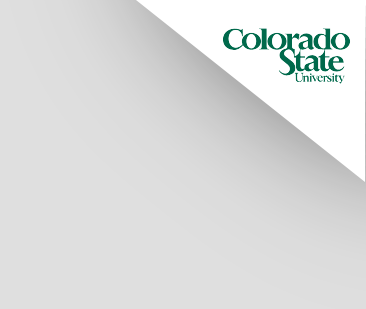NRWS - The Natural Resources Workstation
Introduction
The United States Bureau of Reclamation (USBR), the U.S. Fish and Wildlife Service, and the California Fish and Game under a cooperative agreement (called the San Joaquin Basin Action Plan) are in the process of jointly developing a habitat acquisition and wetland enhancement project in approximately 23,500 acres of lands within the Northern San Joaquin River Basin.
The project will entail the development of an extensive set of land types: wetlands both seasonal and semi-permanent, riparian habitat, croplands, irrigated pastures, and upland habitat. The development plan includes considering surface water supplies (quantity and quality), soil characteristics, habitat suitability, and groundwater.
Because of the complex nature of the interrelations between the different components of the plan, a Decision Support System (DSS) is being implemented to provide a framework for the development of an overall management plan. The Bureau of Reclamation, through a cooperative agreement with Colorado State University, is in the process of developing the Natural Resources.
What is NRWS?
The NRWS is a DSS that will enable planners (and eventually managers) to evaluate water basins based on a given set of criteria. NRWS has been developed to provide tools (a DSS) for the evaluation and management of the wetlands complex being developed under the San Joaquin Basin Action Plan; however, NRWS can also function as a data-centered tool and therefore can be applied to other water basins in the future.
Currently, NRWS consists of several models for evaluating the interrelations of a complex natural systems. These models are used to evaluate water requirements, soil quality, surface water and groundwater quantity and quality.
Geographic Information
The USBR Mid Pacific GIS Group (MPGIS) has developed extensive GIS coverages for a portion of the San Joaquin Valley of California in ARC/Info. This information served as the basis for developing the water features, roads, and management development plans for the GIS component of NRWS.
These maps, or suitability indexes, will serve as modelling tools used to examine the consequences of spatial requirements of management objectives.
Displaying Maps
Raster and vector maps including composite maps can be displayed. The existing map layers include surface water features, roads, Wetland Suitability Index, Irrigation Suitability Index, depth to groundwater, terrain elevation, and proposed habitat developments.
Combining MapsNRWS has an overlay editor which allows the user to combine raster maps using boolean logic operation such as "and - or" constructs. The combined maps can be displayed and used for scenarios.
Zooming into Areas and EditingYou can locate and zoom into specific areas of a map and analyze them in detail. NRWS provides tools to change maps using a variable sized square, a polygon or by individual cells.
NRWS Modeling Components
Standard Query Language (SQL) tools for browsing and displaying portions of databases for weather data, soil properties and other data types are incorporated in DSS development.
NRWS also contains a demand estimation component which computes the water demand per month for each of the cover types based on the area of each cover type.
NRWS can display a schematic of the canal system that is used to deliver water to the different wetland locations. Demand for each wetland area can be modified dynamically and the network editor can be used to model the surface water delivery system.
Site data for wells or rainfall amounts can be displayed and edited. A SQL based tool was built to browse and search the various databases in NRWS.
The user has the ability to create different scenarios and store them. This feature will be extended to allow the user to compare different scenarios and obtain summary reports and graphical representations of scenario results.
NRWS Software Components
Geographic Resource Analysis Support System (GRASS)
GRASS is an integrated set of programs designed to provide spatial analysis and modelling, information display, digitizing, image processing, map production, and GIS capabilities to its users. GRASS was developed by the US Army Corp. of Engineers at the Construction Engineering Research Laboratory. NRWS uses these tools for analysis and display of spatial data, allowing users to model complex resource and environmental systems.
Graphical User Interface (GUI)
A combination of window, menu, and icon selections designed to allow movement quickly, and easily through the program.
Aerial photos of the NRWS Study Area have been incorporated into a graphical manipulator called XV for display and analyses with NRWS. This feature allows for a visual representation of surface features.


